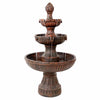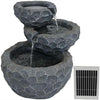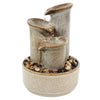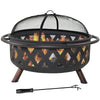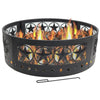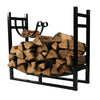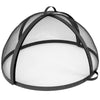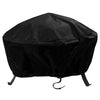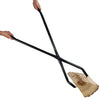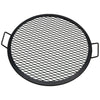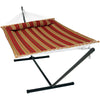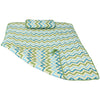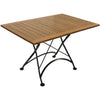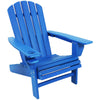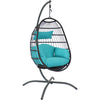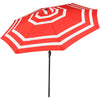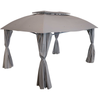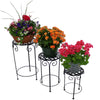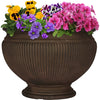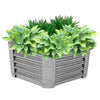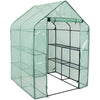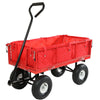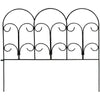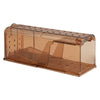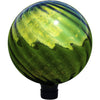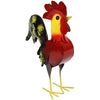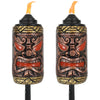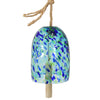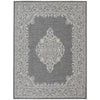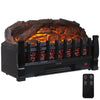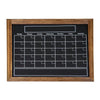If you mow your lawn regularly, you know how quickly grass clippings can pile up. Instead of bagging and tossing them, those green leftovers can actually do a lot of good around your yard. Grass clippings are full of nutrients and can serve as free mulch, compost material, and more. Let’s look at a few practical and eco-friendly ways to put them to work.
Clip and Let Live (a.k.a. Grasscycling)
The simplest option? Do nothing. Just leave the clippings where they fall. As they break down, they return nitrogen and other nutrients to your lawn, helping it stay greener and healthier. Make sure the clippings are short enough (an inch or less in length) to decompose quickly and won’t smother the grass underneath.
Oh Grass, You’re too Mulch
If your grass clippings are longer than an inch, use them as mulch around vegetables, shrubs, or flowers. Spread a thin layer (no more than an inch or so) around your plants or in a garden bed to help retain moisture, suppress weeds, and add organic matter to the soil as it breaks down. Just make sure the clippings are dry before spreading to avoid matting or mold.

Rot and Roll
Grass clippings are a rich “green” component for your compost pile, full of nitrogen. Mix them with “brown” materials like dry leaves, cardboard, or shredded newspaper to keep your compost balanced. Avoid adding too many clippings at once—thick layers can get slimy and smelly. A good rule of thumb is to layer or mix them in to keep air flowing.
Till Death Do You Garden
If you’re prepping garden beds or improving soil for planting, till a small amount of grass clippings directly into the soil. They’ll decompose quickly and add organic material that helps with water retention and overall soil structure.
Steep Dreams are Made of These… Grass Clippings
You can make a natural lawn or garden fertilizer called grass tea by steeping grass clippings in water. Fill a bucket about two-thirds with fresh clippings, top it off with water, and let it sit for a few days. Stir it now and then, and when it’s done, strain and use the liquid to feed your plants.

Pave the Way with Green
Grass clippings can be used as a natural pathway liner under wood chips, rocks, or mulch to help suppress weeds. Just lay them down in a thin, even layer and top with your preferred pathway material.
Worming Their Way In
Got a worm bin? Grass clippings can be a nice treat for your composting worms—just in moderation. Let them dry out first, the grass clippings that is, then add thin layers mixed with browns like shredded paper or cardboard. Too much fresh grass can heat up and harm your worms, so balance is key.
Grass Up the Menu
If you don’t use chemical treatments on your lawn, grass clippings can be fed to chickens, rabbits, or other livestock in moderation. Just like you, they appreciate a fresh, leafy snack now and then. It’s a simple way to supplement their diet, especially if they don’t have access to pasture.
Grass clippings might seem like yard waste, but they’re actually a valuable resource if you know how to use them. Whether you’re feeding your garden, improving soil, or cutting down on compost bin trips, these simple ideas can help you make the most of your mow. Next time you finish cutting the lawn, skip the bags—your yard will thank you.
